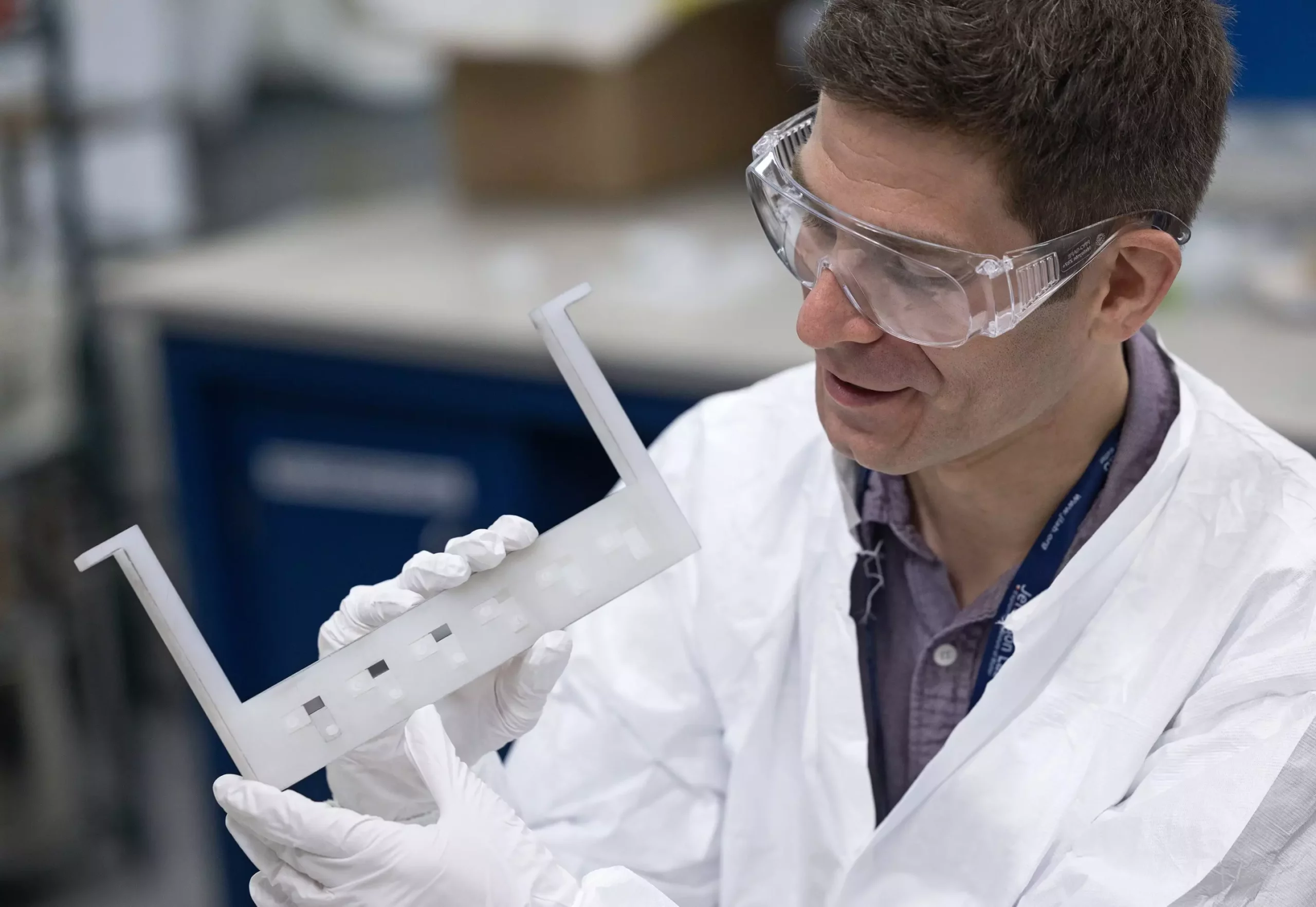Particle accelerators stand as some of the most complex and costly machines ever built. Their high price tags are justified by their crucial role in unraveling the universe’s deepest secrets, from probing atomic particles to testing the fundamental laws of physics. Central to these accelerators are superconducting niobium cavities—rings of pure niobium, chilled to near absolute zero, that accelerate particles with intense electromagnetic fields. Achieving higher accelerating fields in these cavities means the accelerators can be more compact, slashing both construction and operational costs. Yet, pushing these cavities to their limits comes with challenges, chiefly because excessive fields cause cavities to overheat and lose superconductivity, derailing the particle acceleration process.
Despite decades of innovation, the fine-tuning of niobium cavities has seemed more art than science, driven by recipes that yield performance gains even when their underlying mechanisms remain elusive. This veil of mystery is now lifting, thanks to pioneering work that explores the dynamic behavior of oxygen atoms in niobium, revealing how subtle chemical changes at a microscopic level dramatically influence accelerator performance.
Niobium: More Than Just a Material
Niobium’s unique position as a superconductor makes it ideal for constructing accelerator cavities. When cooled to cryogenic temperatures, niobium conducts electricity without resistance, allowing the generation of large electromagnetic fields to speed up particles efficiently. However, the performance of these cavities hinges not only on the metal’s purity but also on how the surface is prepared before final assembly.
Historically, treatments such as baking cavities at moderate temperatures (like 300°C) have resulted in unclear benefits. Research conducted at the Thomas Jefferson National Accelerator Facility uncovered that such thermal processes unexpectedly introduce oxygen atoms into the niobium surface. These atoms migrate and settle into the crystal lattice a few micrometers deep, influencing the material’s behavior. This revelation contradicted earlier assumptions that treated cavity surfaces as mere inert barriers or passive conductors.
By employing secondary ion mass spectrometry, scientists mapped the distribution of oxygen after different baking routines, confirming its subtle yet crucial presence. This insight catalyzed the creation of a mathematical model that now predicts how oxygen diffuses into niobium under various thermal conditions, providing a vital tool for systematically optimizing cavity preparation.
From Empirical Art to Predictive Science
Transforming cavity fabrication from a trial-and-error approach to a data-driven, predictive science represents a major leap forward. The model developed by Jefferson Lab researchers describes oxygen diffusion as a function of temperature and time, unlocking the ability to tailor surface treatments with scientific precision.
One particular successful treatment, low temperature baking at around 120°C over several days, has been widely used for two decades but remained poorly understood. The model’s application to this process revealed that oxygen migration correlates strongly with enhanced cavity performance, specifically by suppressing magnetic vortices that spawn heat and sabotage superconductivity at high fields. This breakthrough not only explains an empirical recipe but also sheds light on fundamental physics influencing cavity durability and efficacy.
Moreover, extending their modeling to higher-temperature treatments shows that additional oxide components decompose and alter oxygen profiles further into the metal. This enhanced understanding signals pathways to push niobium cavity performance even beyond current limits, potentially enabling accelerators that are shorter, more efficient, and cheaper to build.
Implications for the Future of Accelerator Technology
The oxygen diffusion model is more than an academic exercise; it has tangible implications for future accelerator development. By adjusting the initial oxide content on niobium surfaces or fine-tuning baking parameters, manufacturers can purposefully engineer cavity surfaces optimized for peak electromagnetic fields. Such control promises not only improved performance but also significant cost reductions—a powerful incentive in the context of large-scale, billion-dollar accelerator projects.
Interestingly, this research dovetails with ongoing efforts to replace bulky niobium cavities with copper cavities coated in thin niobium films using advanced deposition methods. Understanding how oxygen interacts with niobium at the nanoscale informs these novel fabrication techniques, potentially accelerating their maturation into viable alternatives.
The global scarcity of facilities capable of precise niobium processing makes improvements like these critical. As only a handful of labs can manufacture these essential components, the ability to predict and optimize surface chemistry could democratize accelerator construction and foster innovation across a broader scientific community.
Beyond Metal: The Intersection of Chemistry and Physics
At its core, this work underscores the profound interplay between material science and fundamental physics. Superconductivity and electromagnetic field generation are macroscopic phenomena deeply influenced by atomic-scale chemistry. Oxygen atoms—a single element often considered an impurity—act as unsung heroes, mitigating vortex-induced heat and enabling stronger fields.
While some might view oxygen’s presence as an imperfection, this research flips the narrative, positioning oxygen diffusion as an agential factor engineers must harness rather than merely avoid. Such a paradigm shift exemplifies the evolving nature of scientific understanding: what was once a mysterious byproduct emerges as a key to untapped potential.
In an age where cutting-edge research often involves huge teams and massive budgets, the clarifying power of a well-constructed model is invaluable. The Jefferson Lab team’s progress manifests how focused curiosity and rigorous experimentation can yield insights that catalyze transformative change within even the most technical and high-stakes fields.

